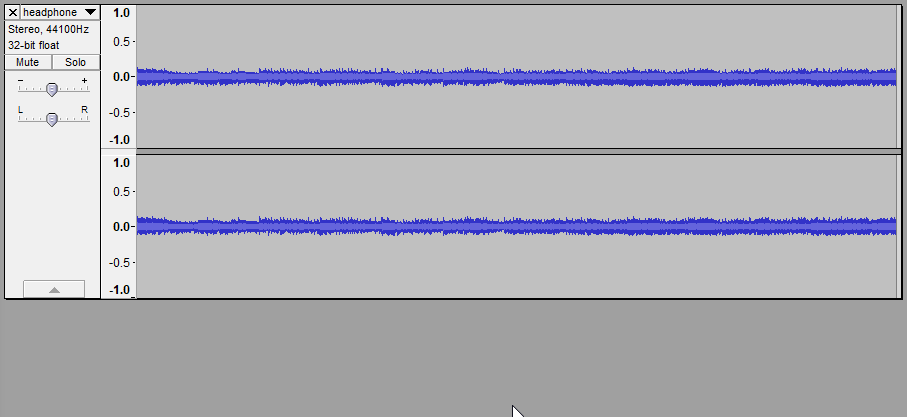I haven't received the capacitors yet but I've just tested out the Ground Loop Isolator.
The results are rather interesting!
It fixed the hissing problem and it seemed to sound alright on headphones. Still not as good as the built-in headphone socket, but much better than before.
But I wanted to inspect the quality of the sound better, so I plugged in a line out to a laptop and recorded 60 seconds of my favourite music (I hope the rest of you appreciate a bit of Radiohead)
--------------------------------------------------------------------------------
Connected via the internal speaker + and - wires, speaker volume set to 8 out of 100.
This is what it produced:
Click Here To Listen
--------------------------------------------------------------------------------
Connected via the built in headphone socket, headphone volume set to 20 out of 100
This is what it produced:
Click Here To Listen
--------------------------------------------------------------------------------
Fairly different.
Strangely, they didn't sound that different through my headphones, I assumed they were about the same volume.
Remember, I eventually plan to use some old PC speakers with the TV, which has an amplifier of it's own. I figured I'll set the PC speaker volume to max and rely on the TV remote for volume adjustment.
It's an odd solution, sure... but let's ignore that aspect shall we?
Audioguru, you mentioned using a 220 ohm resistor in series to reduce the maximum loudness.
What would you suggest now?



